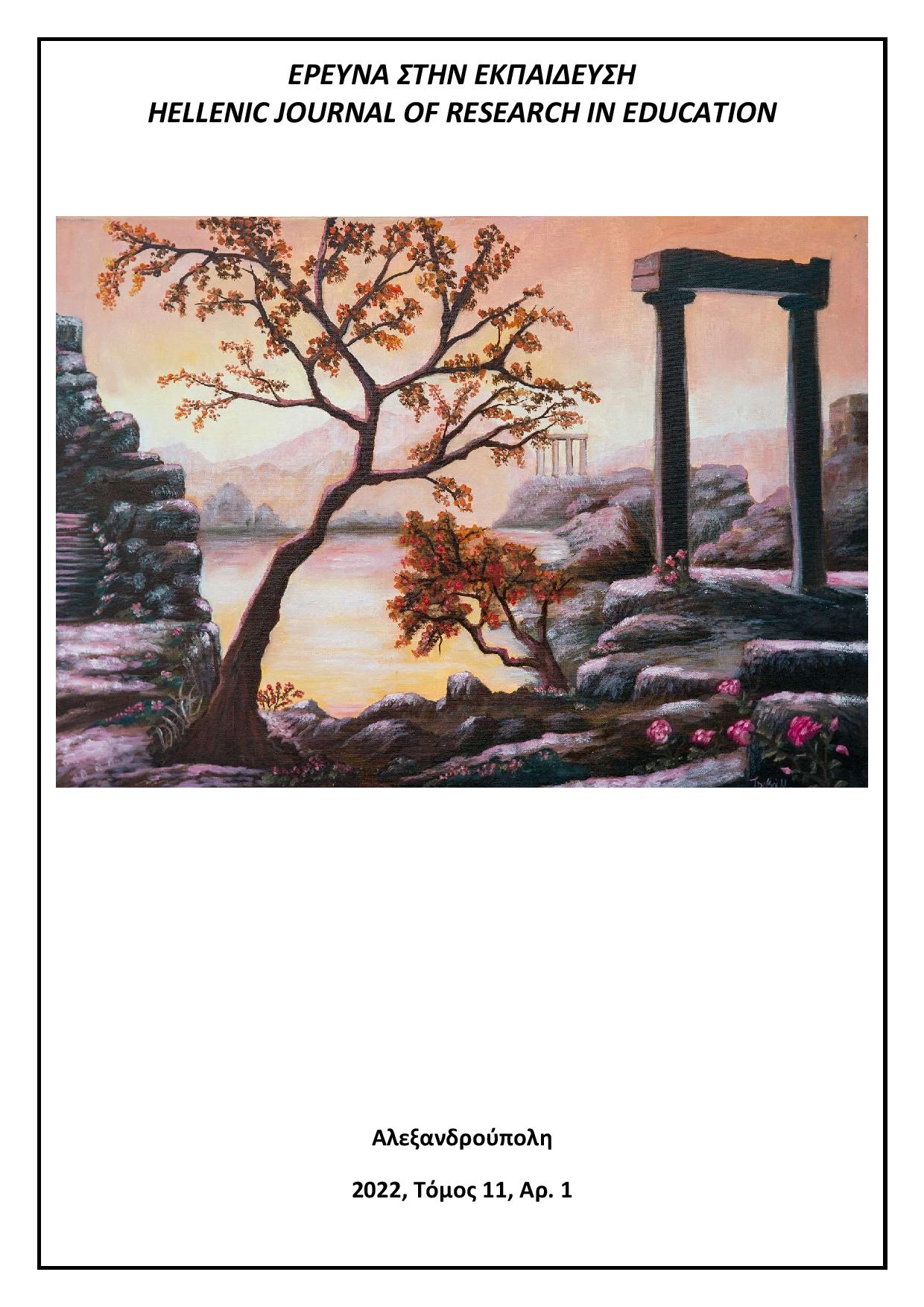Ο ρόλος της προσχολικής εκπαίδευσης, αγωγής και φροντίδας στην προστασία από την ευαλωτότητα στην παιδική φτώχεια

Περίληψη
Το άρθρο εστιάζει στην ευαλωτότητα του παιδιού στην παιδική φτώχεια και περιγράφει τη μεταβαλλόμενη σημασία της προσχολικής εκπαίδευσης, αγωγής και φροντίδας στο κοινωνικοπολιτικό πλαίσιο του δυτικού κόσμου ως εκπαιδευτικός χώρος που προσφέρει τις ευκαιρίες για την πρόληψη της φτώχειας. Αναφέρεται σε συγκεκριμένες δράσεις με βάση τα μαθήματα από τη διεθνή έρευνα για την υποστήριξη παιδιών και οικογενειών που πλήττονται από τη φτώχεια και στον σημαίνοντα ρόλο των επαγγελματιών στο ευρύτερο πεδίο της προσχολικής αγωγής, νηπιαγωγών και παιδαγωγών πρώιμης παιδικής ηλικίας, στην αντιμετώπιση του φαινομένου.
Λεπτομέρειες άρθρου
- Πώς να δημιουργήσετε Αναφορές
-
Πότση Α. (2022). Ο ρόλος της προσχολικής εκπαίδευσης, αγωγής και φροντίδας στην προστασία από την ευαλωτότητα στην παιδική φτώχεια. Έρευνα στην Εκπαίδευση, 11(1), 315–327. https://doi.org/10.12681/hjre.31602
- Τεύχος
- Τόμ. 11 Αρ. 1 (2022)
- Ενότητα
- Άρθρα

Αυτή η εργασία είναι αδειοδοτημένη υπό το CC Αναφορά Δημιουργού – Μη Εμπορική Χρήση – Παρόμοια Διανομή 4.0.
Τα πνευματικά δικαιώματα των άρθρων του περιοδικού ανήκουν στους συγγραφείς. Τα άρθρα διατίθενται με άδειες Creative Commons CC-BC-SA 4.0


